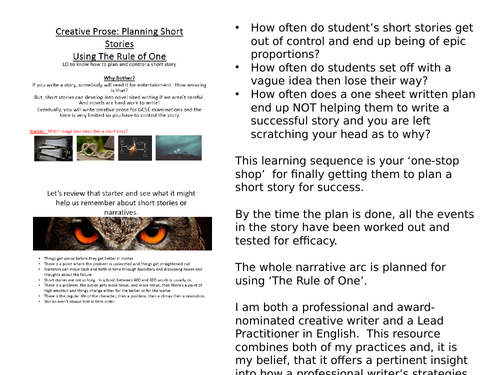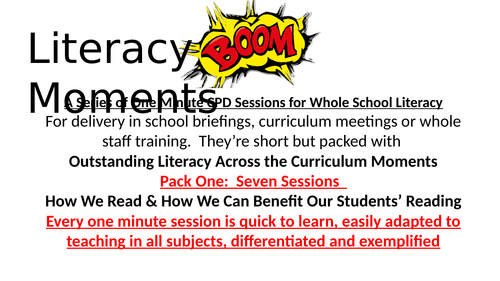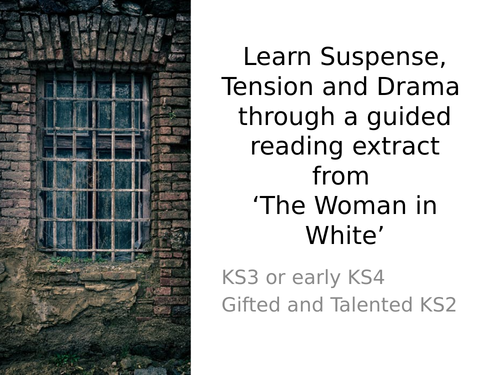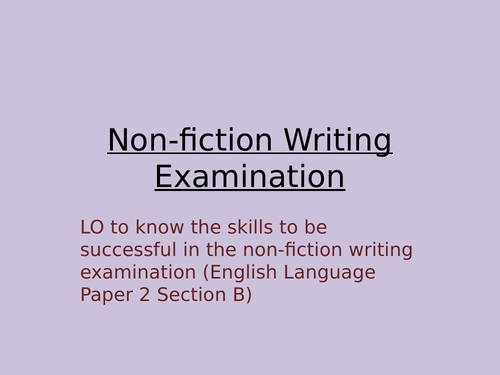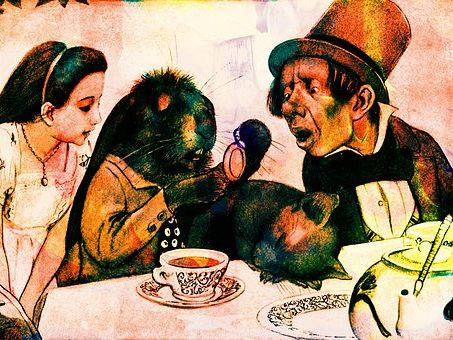Mrs. Shuttleworth's Excellent Emporium
Outstanding teaching and learning resources from a Lead Teacher in English specialising in: * Transactional Writing, * Creative Prose, * Using creative modalities for Reading, * Most Able, * Well Being through English, * Whole School Advocacy Days for Poetry, Reading, Writing, Literacy and WEllbeing * Numeracy in English







